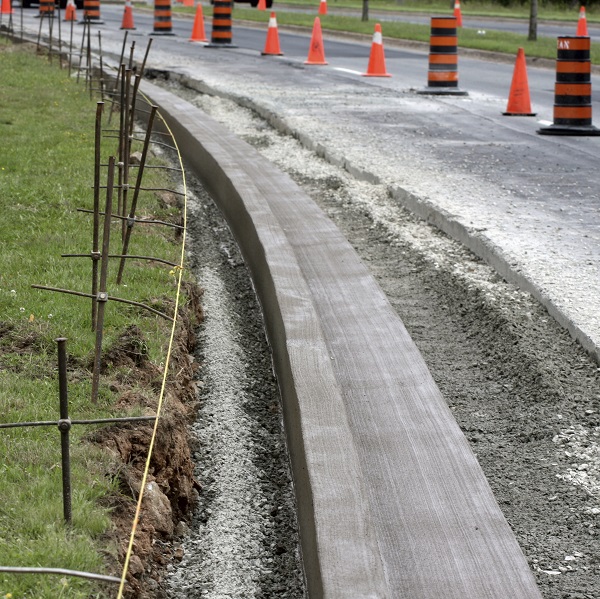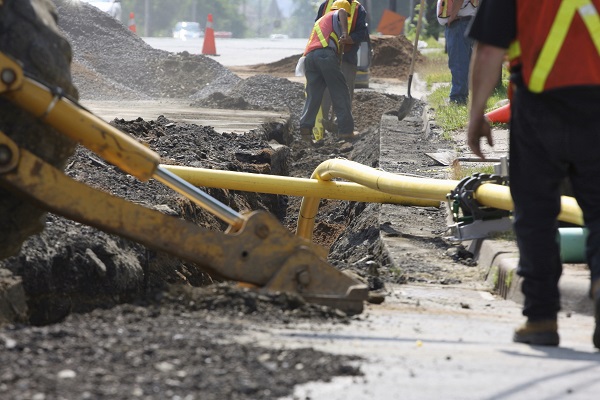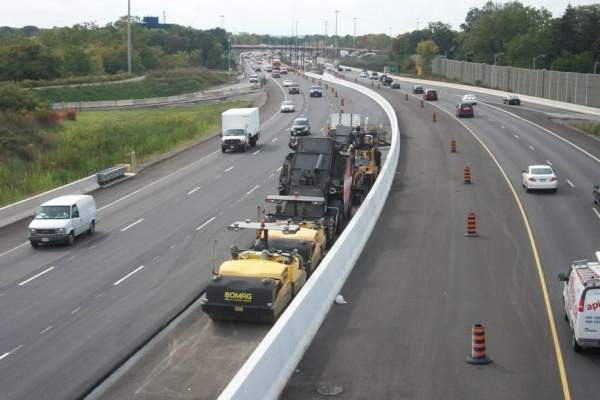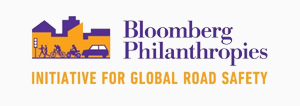





Road Works Safety
a “hierarchy of controls” approach to control the hazard and reduce risk at worksites: risk elimination (such as such as traffic diversion), engineering controls (such as safety barriers ), administrative controls (such as reduced speeds ) and personal protective equipment (such as high visibility vests). the importance of designing safe Traffic Management Plans (TMPs) and having them approved for safety by the road authority the six-zone concept for designing, implementing, and reviewing TMPs (early warning zone, advance warning zone, taper zone, safety buffer zone, work zone, and termination zone) close attention to the safety of road workers good practice in the use of signs and delineators at road works safe operating instructions for traffic controllers.
Increased safety for road users. Increased safety for road workers.
A Traffic Management Plan (TMP) needs careful and detailed attention because no two worksites are the same. The safety of all road users (vehicles, motorcyclists, pedestrians and bicyclists) and road workers must be accounted for in the TMP. Long-term and short-term work often require different decisions about the safest management for each. A hierarchy of risk control measures allows decisions based on key risk control objectives.
Treatment Summary
Case Studies
Related Images

Lane widening works. Image credit: iStock 
Lane widening works. Image credit: iStock 
Lane widening works. Image credit: www.roadtraffic-technology.com










